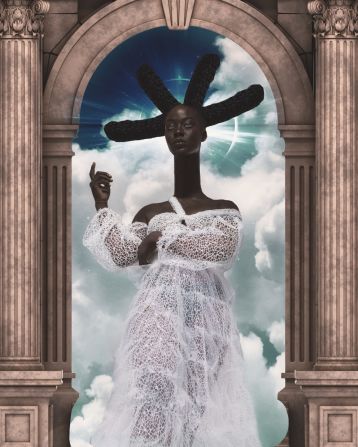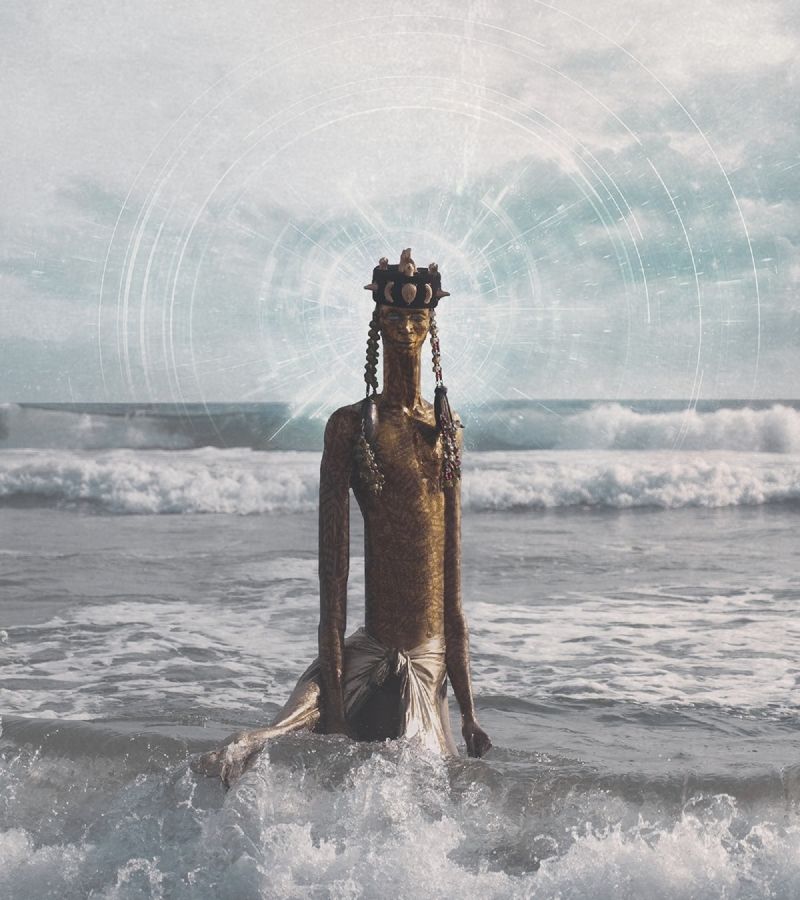The Artistic Vision of Eric Ande Tanauh
Eric Ande Tanauh, known in the art world as Rickii Ly, creates captivating artworks that feature otherworldly beings he refers to as “Humaliens.” This unique portrayal invites viewers into a distinct aesthetic that resonates deeply with various cultural elements.
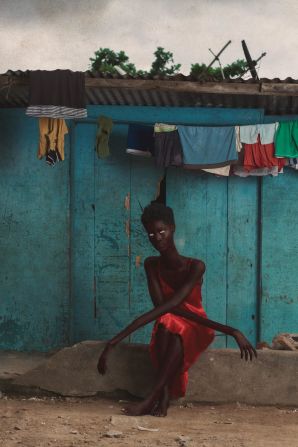
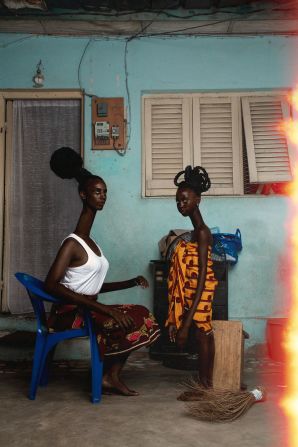
Understanding Afrofuturism in Tanauh’s Work
Tanauh’s style is primarily influenced by Afrofuturism, a compelling aesthetic that intertwines African culture with elements of science fiction and fantasy. This unique blend promotes a richer understanding of cultural narratives through the lens of futuristic visions.
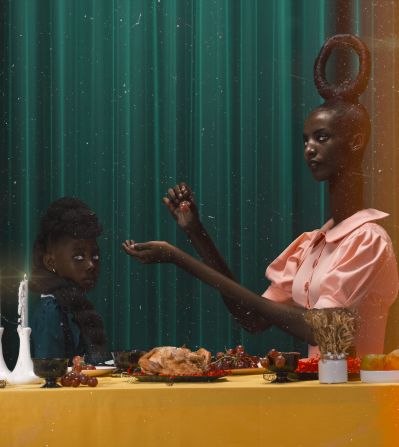
Voicing Cultural Narratives
As Tanauh articulates, “Africa has an inexhaustible catalog of artistic resources.” He emphasizes the importance of showcasing these elements and believes that Afrofuturism serves as a platform for broader cultural exploration.
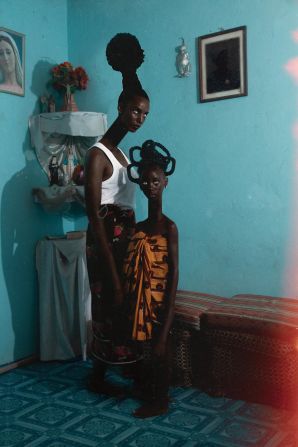
Imagining a Utopian Future for Africa
The worlds that Tanauh depicts reflect a societal vision he aspires to see for the African continent. He describes it as a utopia, “But deep down, I dream of this future for Africa.” This sentiment permeates his artwork, inviting deeper contemplation about cultural progress and potential.
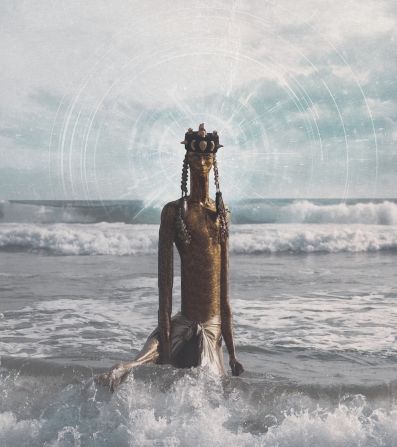
Art as Emotional Expression
Tanauh goes further to explain, “For me, Afrofuturism is not an artistic movement, like Cubism, it’s just the feelings we have.” This assertion underscores how he channels emotional narratives into his artistic representations, allowing viewers to engage with his work on a personal level.
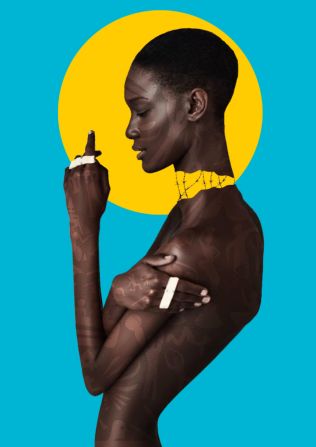
Personal Influences in Art
Raised in a Catholic environment, Tanauh indicates that his upbringing subtly informs his art. He mentions, “Don’t be surprised if you see some religious references in the background; all of this is part of the story.” This indicates how personal experiences contribute to the layers of meaning within his work.
